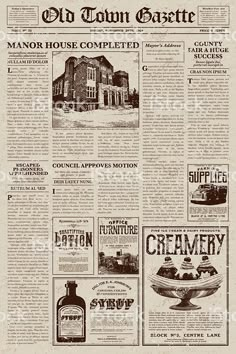

Your materials may be too vast, or too limited but what are the opportunities opened up by this? Is close reading of one or two documents as useful as reading thousands of items? What are the opportunities opened up by analysing texts or images at scale, perhaps by using the tools of the digital humanities? Further Readingīlaney, Jonathan and Judith Seifring, ' A Culture of non-citation: Assessing the digital impact of British History Online and the Early English Books Online Text Creation Partnership', Digital History Quarterly (2017). For this list, we will be as expansive as possible.įinally, there are matters of scale and quantity. Again, historians will be alert to how this shapes our understanding of the past. Online 'archives' may also be synthetic creations, gathering both primary and secondary materials together in new ways, perhaps with an attention to rediscover hidden voices. Many online archives have also been created from microforms, and digital archives, particularly web archives, may have been migrated from one format to another, losing data or functionality along the way.Īrchives also have a range of definitions, with archivists conceptualising them as the materials produced by an individual, family or organisation during the course of their life or work, and archives seen in more general terms as collections of old records. How are archival hierarchies, indexes or catalogues created online? Are they automated, do they use international standards, or their own bespoke thesaurus of terms? Technical understanding of scribal methods, forms of writing, and the purpose for which records were created are important things to understand, an awareness of digital technologies, from the limits of scanning technology to OCR and XML, can be useful, too. Understanding how archives are created and arranged is an essential part of historical research, and there are similar considerations for their online equivalent. How were they collected? Why were they selected? Where did they come from? Who pays for it? What's been left out? What are the differences between the physical records and their online representation? What shortcuts sneak into our methods that may undermine the rigour of our overall argument?

Like all sources, online materials have their own history and pose challenges and questions for historians and other researchers. The full spreadsheet of suggestions might also be useful to review and search. We are pleased to hear about suggestions, either by emailing or through a short online suggestions box. Some of the material has been selected by IHR librarians and colleagues in the institute, while others have been suggested by others. Your library will also be able to advise on what is available for you behind paywalls. There are also numerous online guides and bibliographies, both general and specialised, that will give further suggestions, these include Wikipedia's list of digitised newspapers.

You will know more about what is available in your own area of specialism, and Google, DuckDuckGo or Ecosia will uncover more. This is of course simply a small selection of the vast amount of material that is out there. Some key subject or perhaps unexpected formats have also been included, such as Virtual and Augmented Reality (why not, for example, visit relevant historical sites around the world via Google Streetview?). This is always something of an arbitrary exercise, and there will be some duplication. We have organised the material by period. From digitised archives to oral histories, newspapers, maps and printed collections, we hope that there will some material that can help with your work or with supporting your students. This webpage contains a selection of curated links to online research resources that can be used for historical research of all kinds.


 0 kommentar(er)
0 kommentar(er)
